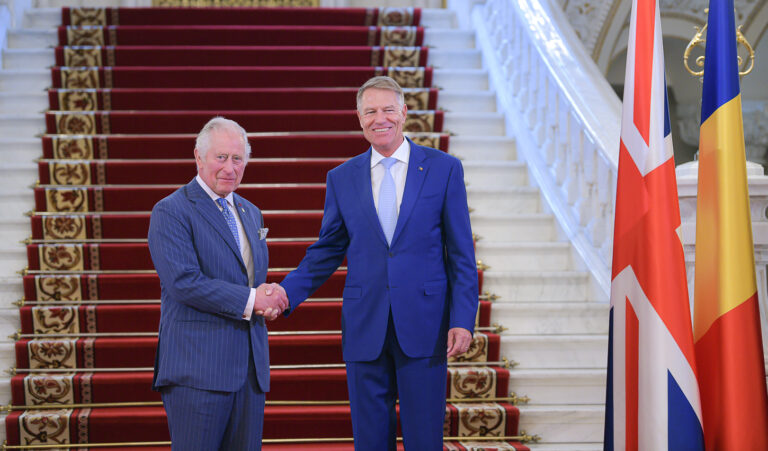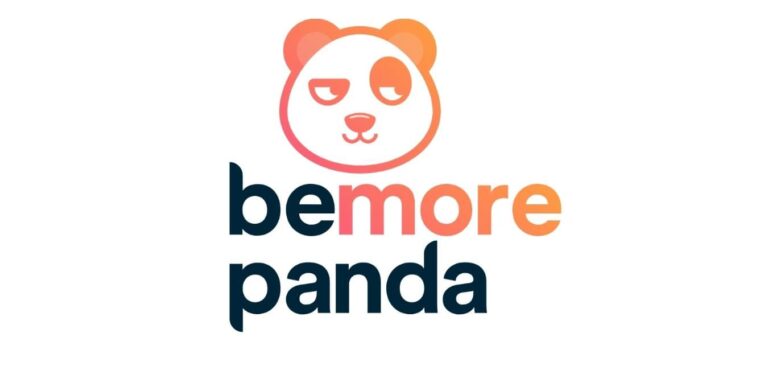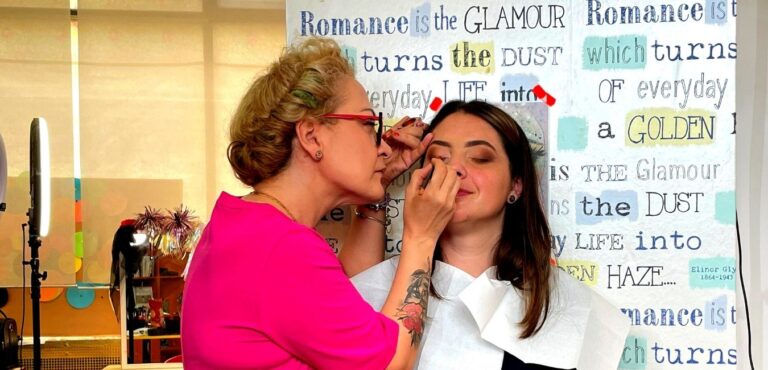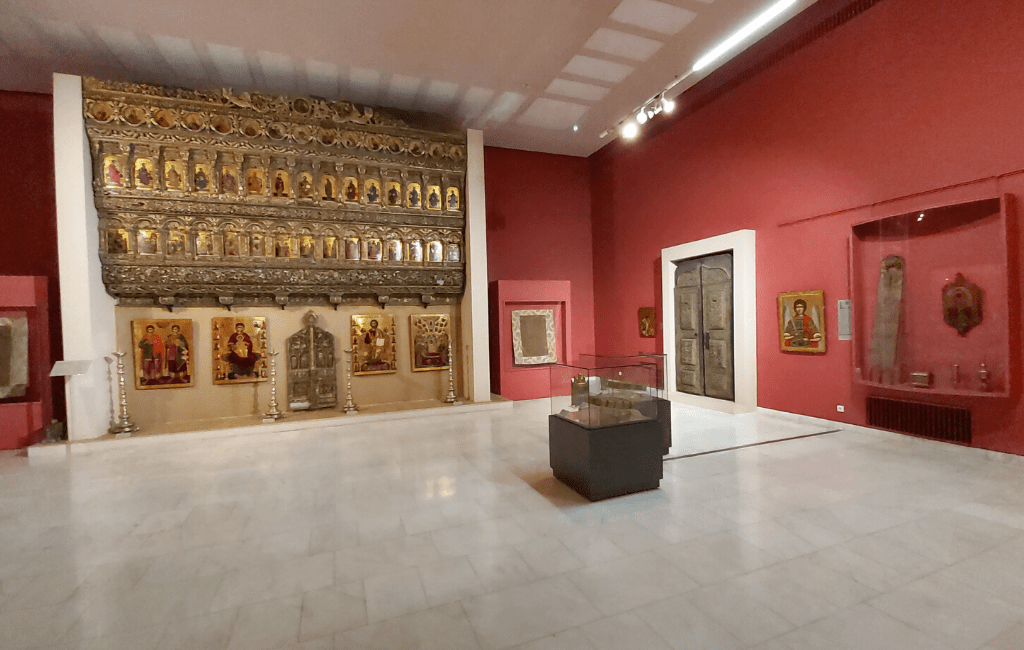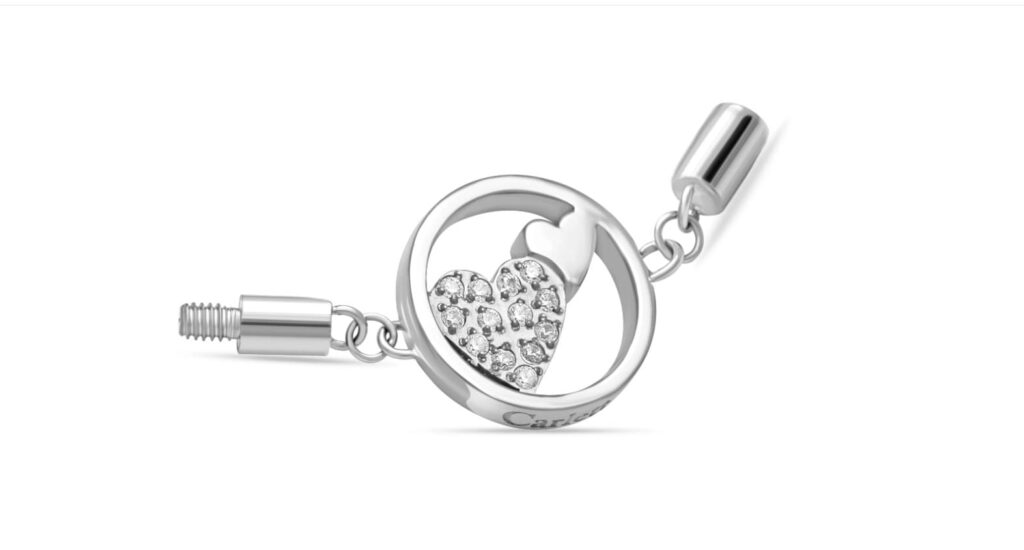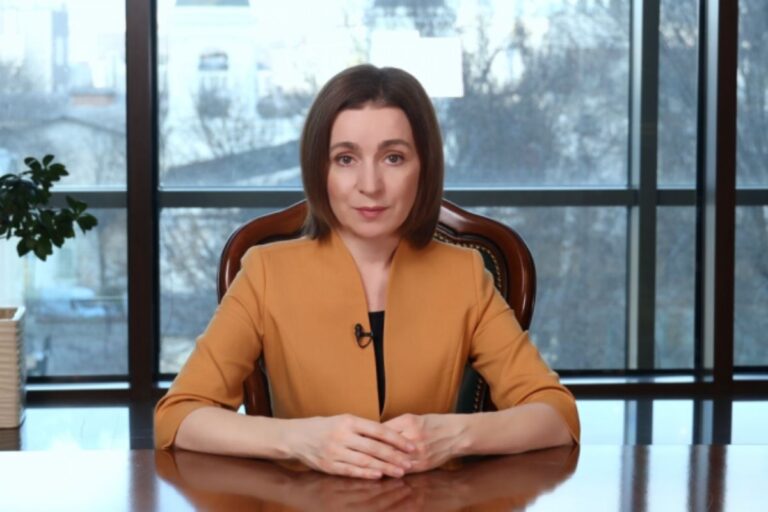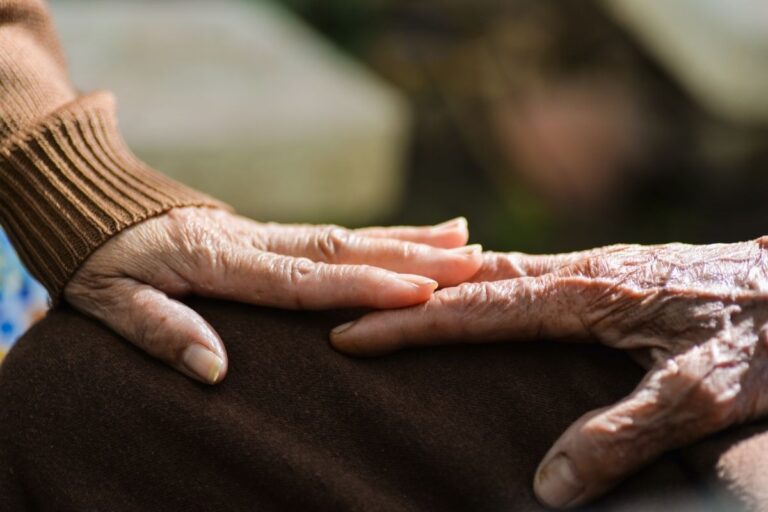Prince Charles of Wales visited Bucharest Wednesday, May 25th, meeting with Prime Minister Nicolae Ciuca and President Klaus Johannis. The discussions focused on the refugee crisis in Ukraine and Romania’s support for the neighboring country.
The Romanian President and the Heir of the British Crown discussed bilateral relations, the Romanian–British Strategic Partnership and Romania’s assistance to Ukraine refugees and climate change solutions. They also discussed the possibility of developing climate education projects.
According to the Romanian Presidential Administration, the President told the Prince of Wales about Suceava’s humanitarian hub and coordinated support efforts from several countries for Ukraine’s good.
His Royal Highness, President Klaus Johannis, discussed solutions to reduce the impacts of climate change and preserve biodiversity. This is applicable in Romania, the United Kingdom, and worldwide. He also stressed our country’s commitment to meeting European climate change targets.
Romanian President stressed that green projects, habitat reconstruction, and afforestation on degraded land are priority areas in the National Recovery and Resilience Plan. The plan includes significant financial allocations.
Another topic related to climate change was the possibility of developing educational projects to raise awareness and prepare younger generations for green jobs in the labour market that can generate sustainable economic growth.
The war in Ukraine was the central theme of official discussions. Prince Charles and Romanian Prime Minister Nicolae Ceuca had a more in-depth discussion about the situation in Ukraine at the Victoria Palace. According to a government statement, His Royal Highness was most concerned about the threat to global food security that Russian troops were blocking ports at Odessa, Nikolaev.
Prime Minister Nicolae Ciuca also presented a detailed overview of Romania’s efforts in Ukraine to help in all areas. This included receiving and hosting refugees, supporting internally displaced Ukrainian citizens, as well as those defending their country and aiding Ukrainian grain exports.
Later, Prince Charles visited Romexpo Centre for Ukrainian Refugees in Romania. Margaret, the Crown Custodian, accompanied the Prince of Wales. They met representatives from organizations that work or donate here, such as World Vision, World Vision, Red Cross, UNHCR and representatives from Capital City Hall.
According to the British Embassy in Romania, the Royal Highness’s visit to Romania results from promises he made in recent months to support Ukraine.

